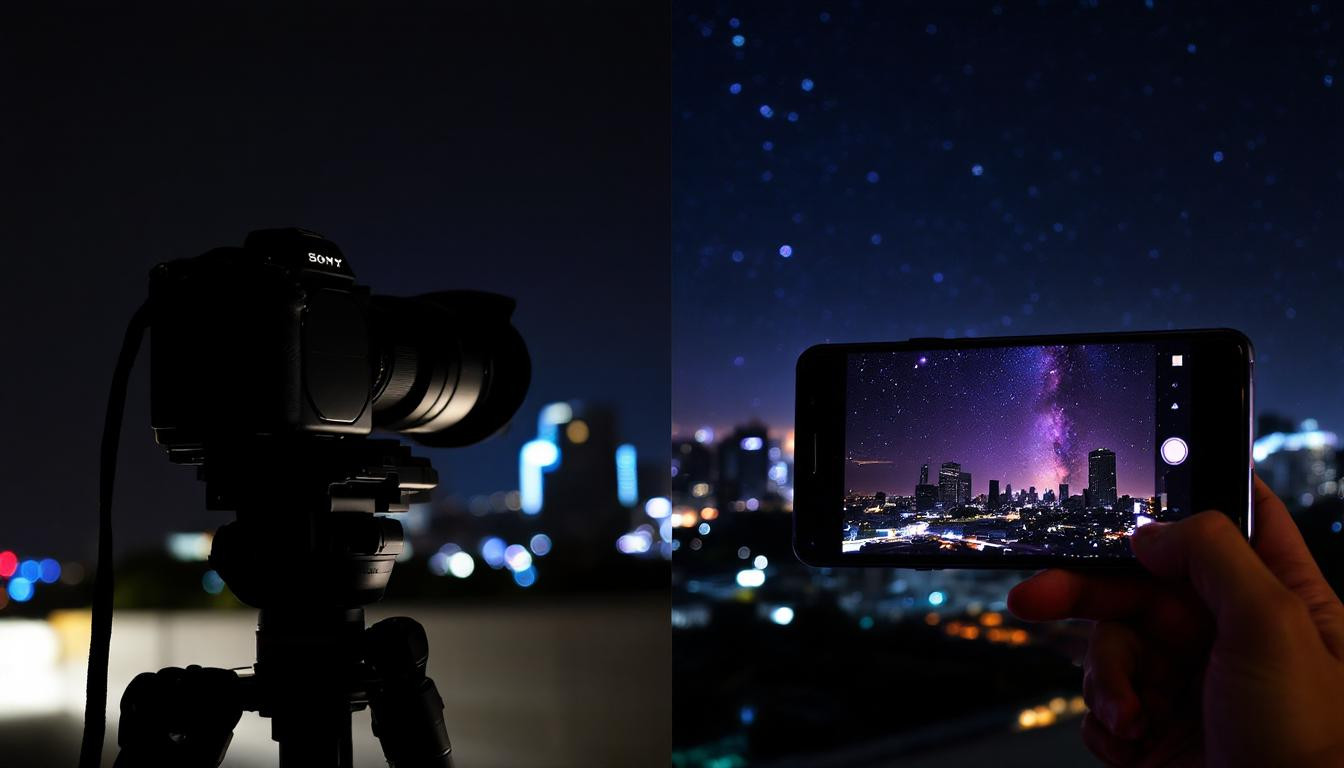
“I’m sorry Dave. I’m afraid I can’t let you drive.” The encroaching surveillance of our public roadways may finally come to actually help motorcyclists with word of a new study from Australia’s Edith Cowan University. Researchers there are working on technology that will identify drunk drivers by analysis of in-car video.
The researchers are working with partners to analyze data from drunk drivers, which they compiled by putting 60 subjects through simulated driving scenarios that span three levels of alcohol intoxication. They took video of these drunk drivers and separated it into three different categories of intoxication (“sober,” “low” and “severe.”). The video data was analyzed by a machine learning system
Their PR says “Researchers then presented a machine learning system that uses discernible cues from standard RGB (red, green and blue) videos of the driver’s faces to gauge the degree of alcohol related impairment, these included facial features, gaze direction and head position.” In other words, the camera could watch the driver, and figure out how drunk they were. PhD student Ms Ensiyeh Keshtkaran said they were able to be fairly accurate, detecting levels of intoxication with an overall accuracy of 75 percent for the researchers’ three-level classification system.
The university’s staff says that to their knowledge, this is the first impaired driving test that has been developed using a standard RGB camera. They believe it could be used not just for vehicles equipped with a camera monitoring system, but perhaps even for smartphone cameras, making it easier to detect intoxication. This could let drivers (or party hosts, or bartenders) check for impairment before getting behind the wheel. The new technology does not require extended observation of a motorist’s driving in order to determine impairment, as opposed to some other systems.
ECU Senior Lecturer Dr Syed Zulqarnain Gilani said “This research confirms that it is possible to detect intoxication levels using just a simple camera. The next step in our research is to define the image resolution needed to employ this algorithm. If low resolution videos are proven sufficient, this technology can be employed by surveillance cameras installed on roadside, and law enforcement agencies can use this to prevent drunk driving.”
Considering how many riders have been hit by impaired drivers over the years, and how many riders who crash their bikes due to their own impairment, this tech could save a lot of lives down the road. If we hear more about its development, we’ll keep you posted.
link





